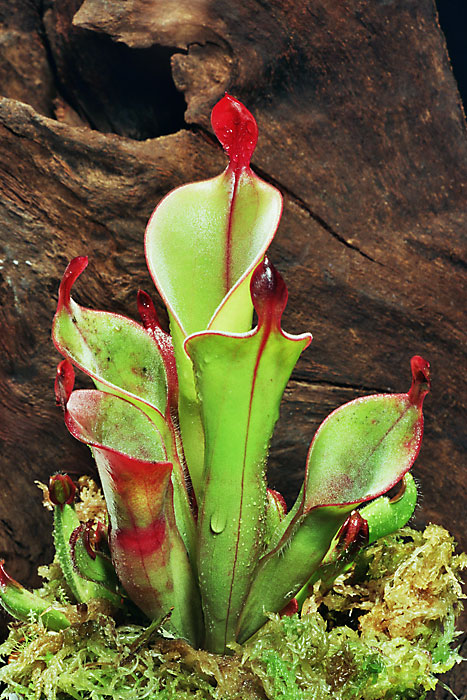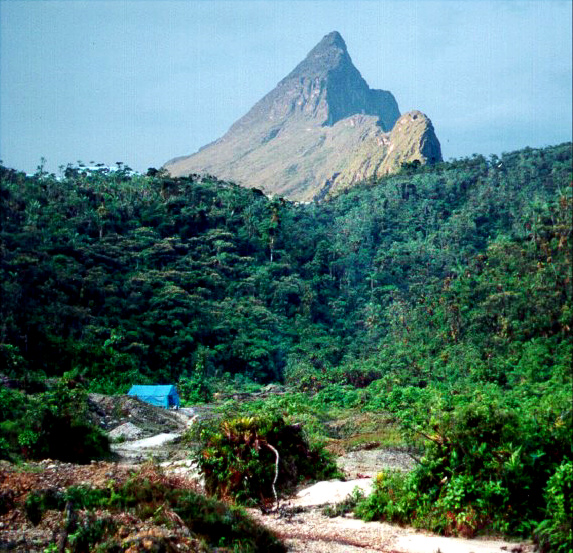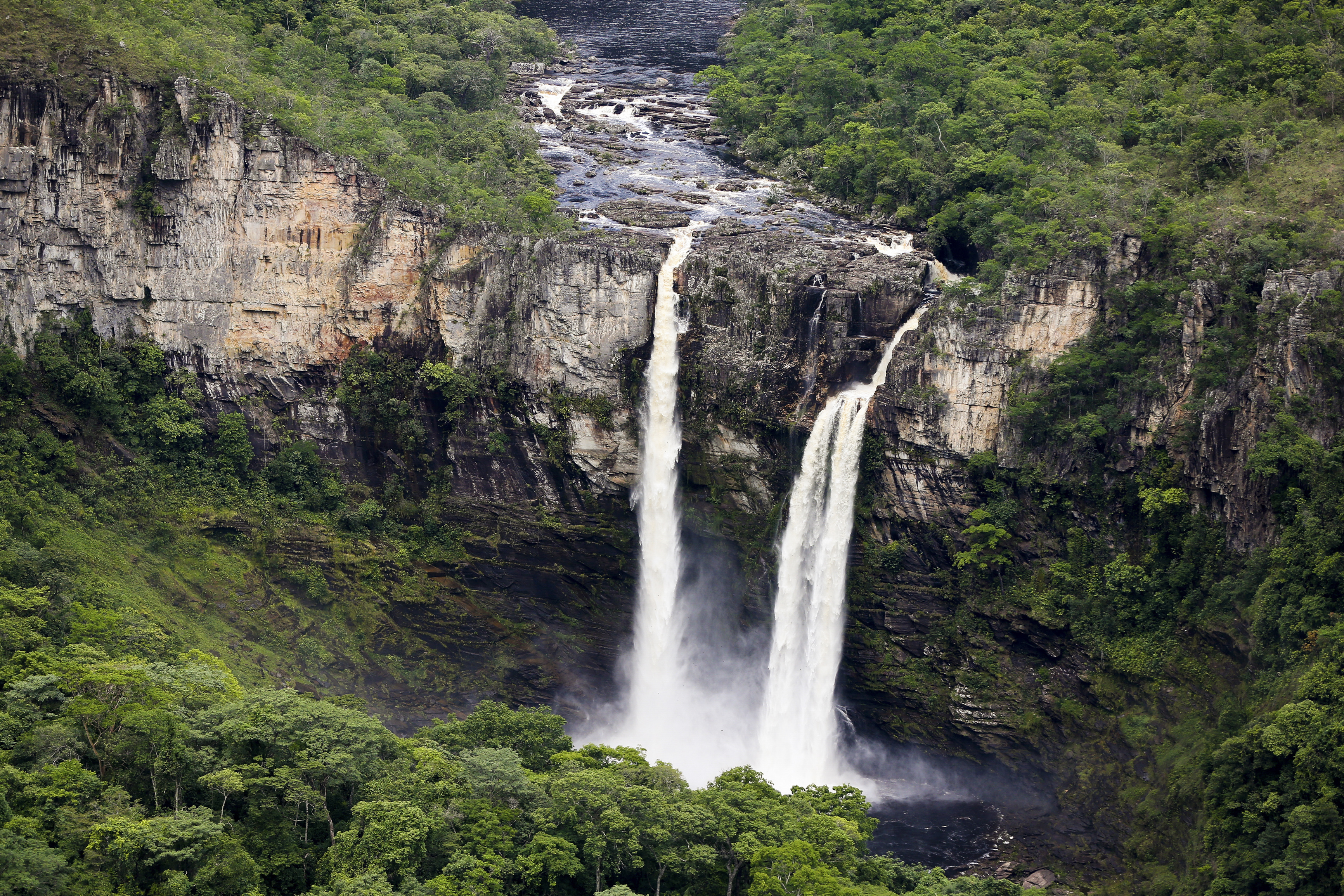|
Black-billed Thrush
The black-billed thrush (''Turdus ignobilis'') is a bird in the family Turdidae native to Colombia and also scantily distributed across Venezuela, the Guiana Shield and the western Amazon. Distribution and habitat The species is the most common ''Turdus'' thrush of disturbed habitats in western Amazonia and on the Guianan Shield, occurring in Brazil, Colombia, Ecuador, Peru, Venezuela, and Bolivia. It inhabits a variety of habitats including clearings, savannas with gallery woodland, cerrado The Cerrado () is a vast ecoregion of Tropics, tropical savanna in central Brazil, being present in the states of Goiás, Mato Grosso do Sul, Mato Grosso, Tocantins, Maranhão, Piauí, Bahia, Minas Gerais, São Paulo (state), São Paulo, Paraná ..., humid forest borders, coffee plantations, and various other habitats under anthropogenic influence. Ecology The black-billed thrush feeds on terrestrial invertebrates (beetles and flies, worms, crickets and caterpillars) as well as berr ... [...More Info...] [...Related Items...] OR: [Wikipedia] [Google] [Baidu] |
Philip Sclater
Philip Lutley Sclater (4 November 1829 – 27 June 1913) was an England, English lawyer and zoologist. In zoology, he was an expert ornithologist, and identified the main zoogeographic regions of the world. He was Secretary of the Zoological Society of London for 42 years, from 1860 to 1902. Early life Sclater was born at Tangier Park, in Wootton St Lawrence, Hampshire, where his father William Lutley Sclater had a country house. George Sclater-Booth, 1st Baron Basing was Philip's elder brother. Philip grew up at Hoddington House where he took an early interest in birds. He was educated in school at Twyford and at thirteen went to Winchester College and later Corpus Christi College, Oxford where he studied scientific ornithology under Hugh Edwin Strickland. In 1851, Sclater began to study law and was admitted a Fellow of Corpus Christi College. In 1856 he travelled to America and visited Lake Superior and the upper St. Croix River (Wisconsin–Minnesota), St. Croix River, c ... [...More Info...] [...Related Items...] OR: [Wikipedia] [Google] [Baidu] |
Turdidae
The thrushes are a passerine bird family, Turdidae, with a worldwide distribution. The family was once much larger before biologists reclassified the former subfamily Saxicolinae, which includes the chats and European robins, as Old World flycatchers. Thrushes are small to medium-sized ground living birds that feed on insects, other invertebrates, and fruit. Some unrelated species around the world have been named after thrushes due to their similarity to birds in this family. Characteristics Thrushes are plump, soft-plumaged, small to medium-sized birds that inhabit wooded areas and often feed on the ground. The smallest thrush may be the shortwings, which have ambiguous alliances with both thrushes and Old World flycatchers. The lesser shortwing averages . The largest thrush is the great thrush at and ; the larger, commonly recognized blue whistling thrush is an Old world flycatcher. The Amami thrush might, however, grow larger than the great thrush. Most species are gre ... [...More Info...] [...Related Items...] OR: [Wikipedia] [Google] [Baidu] |
Colombia
Colombia, officially the Republic of Colombia, is a country primarily located in South America with Insular region of Colombia, insular regions in North America. The Colombian mainland is bordered by the Caribbean Sea to the north, Venezuela to the east and northeast, Brazil to the southeast, Peru and Ecuador to the south and southwest, the Pacific Ocean to the west, and Panama to the northwest. Colombia is divided into 32 Departments of Colombia, departments. The Capital District of Bogotá is also the List of cities in Colombia by population, country's largest city hosting the main financial and cultural hub. Other major urban areas include Medellín, Cali, Barranquilla, Cartagena, Colombia, Cartagena, Santa Marta, Cúcuta, Ibagué, Villavicencio and Bucaramanga. It covers an area of 1,141,748 square kilometers (440,831 sq mi) and has a population of around 52 million. Its rich cultural heritage—including language, religion, cuisine, and art—reflects its history as a co ... [...More Info...] [...Related Items...] OR: [Wikipedia] [Google] [Baidu] |
Venezuela
Venezuela, officially the Bolivarian Republic of Venezuela, is a country on the northern coast of South America, consisting of a continental landmass and many Federal Dependencies of Venezuela, islands and islets in the Caribbean Sea. It comprises an area of , and its population was estimated at 29 million in 2022. The capital and largest urban agglomeration is the city of Caracas. The continental territory is bordered on the north by the Caribbean Sea and the Atlantic Ocean, on the west by Colombia, Brazil on the south, Trinidad and Tobago to the north-east and on the east by Guyana. Venezuela is a presidential republic consisting of States of Venezuela, 23 states, the Venezuelan Capital District, Capital District and Federal Dependencies of Venezuela, federal dependencies covering Venezuela's offshore islands. Venezuela is among the most urbanized countries in Latin America; the vast majority of Venezuelans live in the cities of the north and in the capital. The territory o ... [...More Info...] [...Related Items...] OR: [Wikipedia] [Google] [Baidu] |
Guiana Shield
The Guiana Shield (; ; ; ) is one of the three cratons of the South American Plate. It is a 1.7 billion-year-old Precambrian geological formation in northeast South America that forms a portion of the northern coast. The higher elevations on the shield are called the Guiana Highlands, which is where the table-like mountains called tepuis are found. The Guiana Highlands are also the source of some of the world's most well-known waterfalls such as Angel Falls, Kaieteur Falls and Cuquenan Falls. The Guiana Shield underlies Guyana (previously ''British Guiana''), Suriname (previously ''Dutch Guiana''), and French Guiana (or ''Guyane''), much of southern Venezuela, as well as parts of Colombia and Brazil. The rocks of the Guiana Shield consist of metasediments and metavolcanics ( greenstones) overlain by sub-horizontal layers of sandstones, quartzites, shales and conglomerates intruded by sills of younger mafic intrusives such as gabbros. Geology The oldest rocks in the ... [...More Info...] [...Related Items...] OR: [Wikipedia] [Google] [Baidu] |
Amazon Biome
The Amazon biome () contains the Amazon rainforest, an area of tropical rainforest, and other ecoregions that cover most of the Amazon basin and some adjacent areas to the north and east. The biome contains blackwater river, blackwater and whitewater river (river type), whitewater flooded forest, lowland and montane terra firma forest, bamboo and palm forest, savanna, sandy heath and alpine tundra. Some areas of the biome are threatened by deforestation for timber and to make way for pasture or soybean plantations. Location The Amazon biome has an area of . The biome roughly corresponds to the Amazon basin, but excludes areas of the Andes to the west and cerrado (savannah) to the south, and includes lands to the northeast extending to the Atlantic ocean with similar vegetation to the Amazon basin. J. J. Morrone (2006) defines the Amazonian subregion in this broader sense, divided into the Biogeography, biogeographical provinces of Guyana, Humid Guyana, Napo, Imeri, Roraima, Amapá ... [...More Info...] [...Related Items...] OR: [Wikipedia] [Google] [Baidu] |
Cerrado
The Cerrado () is a vast ecoregion of Tropics, tropical savanna in central Brazil, being present in the states of Goiás, Mato Grosso do Sul, Mato Grosso, Tocantins, Maranhão, Piauí, Bahia, Minas Gerais, São Paulo (state), São Paulo, Paraná (state), Paraná and the Federal District (Brazil), Federal District. The core areas of the Cerrado biome are the Brazilian highlands – the ''Planalto''. The main habitat types of the Cerrado consist of forest savanna, wooded savanna, park savanna and grass, gramineous-woody savanna. The Cerrado also includes savanna wetlands and gallery forests. The second largest of Biomes in Brazil, Brazil's major habitat types, after the Amazon rainforest, Amazonian rainforest, the Cerrado accounts for a full 21 percent of the country's land area (extending marginally into Paraguay and Bolivia). About 75% of the Cerrado’s 2 million km2 is privately owned. Vast amounts of research have shown that the Cerrado is one of the richest of all tropi ... [...More Info...] [...Related Items...] OR: [Wikipedia] [Google] [Baidu] |
Turdus
''Turdus'' is a genus of medium-sized mostly insectivorous or omnivorous birds in the wider thrush family, Turdidae. The genus name ''Turdus'' is Latin for 'thrush'. Most of the species are called thrushes; the term thrush is also used for many other birds in the family Turdidae, as well as for a few species belonging to other families. Some Old World species with fully or largely black plumage are called blackbirds, and one, the ring ouzel, still retains the Old English name ouzel, which, until the 17th century, was also used (as "black ouzel") for the common blackbird; it is cognate with the German name Amsel for the same species. Some New World species are called robins, the best known of which is the American robin. Two other species have their own distinct names without "thrush", fieldfare and redwing, derived from behavioural characteristics and plumage features, respectively. The genus has a cosmopolitan distribution, with species in Europe, Asia, Africa, and the Ame ... [...More Info...] [...Related Items...] OR: [Wikipedia] [Google] [Baidu] |
Birds Of Colombia
Birds are a group of warm-blooded vertebrates constituting the class Aves (), characterised by feathers, toothless beaked jaws, the laying of hard-shelled eggs, a high metabolic rate, a four-chambered heart, and a strong yet lightweight skeleton. Birds live worldwide and range in size from the bee hummingbird to the common ostrich. There are over 11,000 living species and they are split into 44 orders. More than half are passerine or "perching" birds. Birds have wings whose development varies according to species; the only known groups without wings are the extinct moa and elephant birds. Wings, which are modified forelimbs, gave birds the ability to fly, although further evolution has led to the loss of flight in some birds, including ratites, penguins, and diverse endemic island species. The digestive and respiratory systems of birds are also uniquely adapted for flight. Some bird species of aquatic environments, particularly seabirds and some waterbirds, have furthe ... [...More Info...] [...Related Items...] OR: [Wikipedia] [Google] [Baidu] |
Birds Of Venezuela
This is a list of the bird species recorded in Venezuela. The avifauna of Venezuela has 1413 confirmed species, of which 45 are endemic, six have been introduced by humans, 48 are rare or vagrants, and one has been extirpated. An additional 20 species are hypothetical (see below). Except as an entry is cited otherwise, the list of species is that of the South American Classification Committee (SACC) of the American Ornithological Society.Remsen, J. V., Jr., J. I. Areta, E. Bonaccorso, S. Claramunt, G. Del-Rio, A. Jaramillo, D. F. Lane, M. B. Robbins, F. G. Stiles, and K. J. Zimmer. Version 30 March 2025. Species Lists of Birds for South American Countries and Territories. https://www.museum.lsu.edu/~Remsen/SACCCountryLists.htm retrieved 30 March 2025 The list's taxonomic treatment (designation and sequence of orders, families, and species) and nomenclature (common and scientific names) are also those of the SACC unless noted otherwiseRemsen, J. V., Jr., J. I. Areta, E. Bonaccor ... [...More Info...] [...Related Items...] OR: [Wikipedia] [Google] [Baidu] |
Birds Of The Guiana Shield
Birds are a group of warm-blooded vertebrates constituting the class Aves (), characterised by feathers, toothless beaked jaws, the laying of hard-shelled eggs, a high metabolic rate, a four-chambered heart, and a strong yet lightweight skeleton. Birds live worldwide and range in size from the bee hummingbird to the common ostrich. There are over 11,000 living species and they are split into 44 orders. More than half are passerine or "perching" birds. Birds have wings whose development varies according to species; the only known groups without wings are the extinct moa and elephant birds. Wings, which are modified forelimbs, gave birds the ability to fly, although further evolution has led to the loss of flight in some birds, including ratites, penguins, and diverse endemic island species. The digestive and respiratory systems of birds are also uniquely adapted for flight. Some bird species of aquatic environments, particularly seabirds and some waterbirds, have fur ... [...More Info...] [...Related Items...] OR: [Wikipedia] [Google] [Baidu] |






